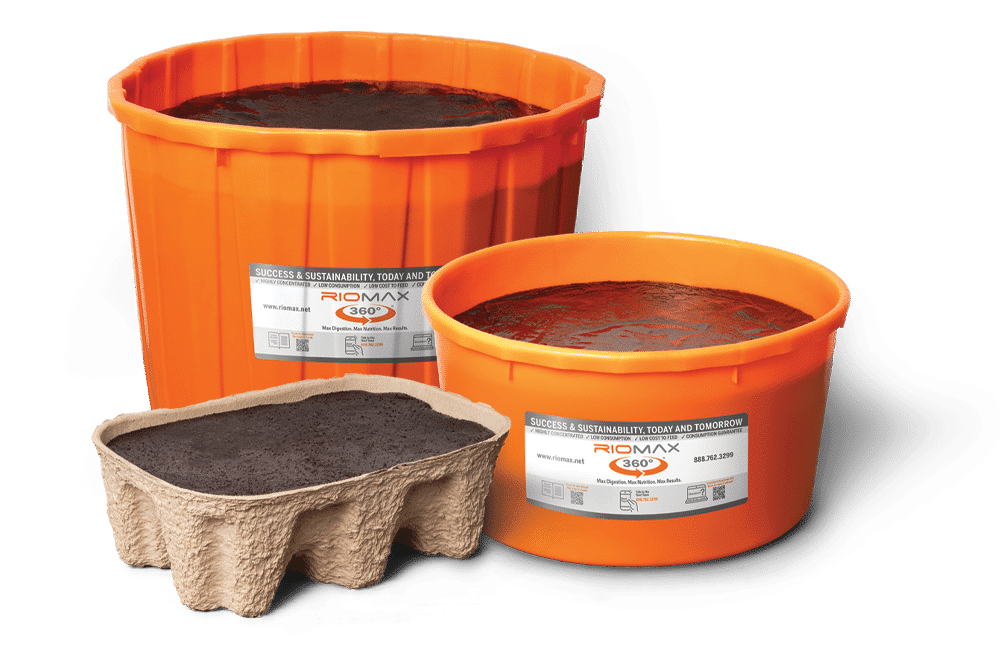Last updated on April 8th, 2022 at 08:25 am
Toughness is a State of Mind.
You gotta be tough to be a rancher. Just ask Alec Oliver.
MEET ALEC OLIVER
Oliver Ranch
Seneca, Oregon
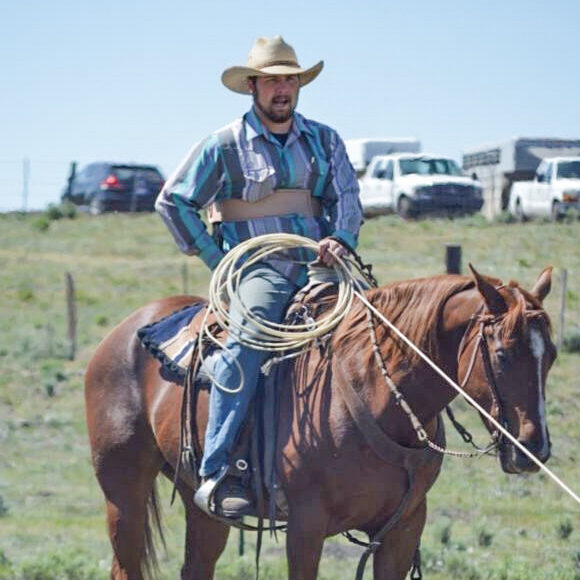
Ranching is tough. Of course, there are the things you can’t control, which is just about everything, like the markets, the weather, cranky cattle, and hard-mouthed horses, to name a few. Throw in a pandemic and the beef business can flat out give you a bald spot where you’ve scratched your head trying to figure it all out.
And that’s when you’re able to stand on your own two hind legs. It’s tougher when you’re a paraplegic.
Or is it? Ask Alec Oliver and he’ll probably admit it’s more challenging. But tougher? Nope. Not when you’ve got the will to succeed and a brain to make that happen. More about that in just a bit.
Oliver is the fifth generation to run the outfit in Oregon’s Bear Valley that his great-great-grandfather started after immigrating from the Azores Islands off the coast of Portugal. But he started out as a ranch hand. And how he became a rancher is an ironic story.
“There was a rancher who died at the dining room table, choking on a chicken bone,” Oliver says. “And he (Oliver’s great-great-grandfather) was working for him at the time. He ended up marrying the widow and they had some kids of their own. And that’s how we got started.”
However, Alec’s ancestor picked the coldest place in the continental U.S. to get his start. The ranch is near Seneca, Oregon, in the eastern part of the state, a High Desert ranch. Oliver’s office, which sits at 4,700 feet, is near the bottom of the ranch. It goes up in elevation and down in temperature from there. “So we get winter and have cooler summers,” he says.
The cow-calf and yearling outfit is a combination of deeded ground and adjacent Forest Service permits for summer grazing. “It’s pretty nice. We’re one big chunk.”
Everything can be moved by horseback and side-by-sides. The only time the cattle see a truck is when they go to a feed yard or the sale barn. On the ranch, cattle move by ankle express.
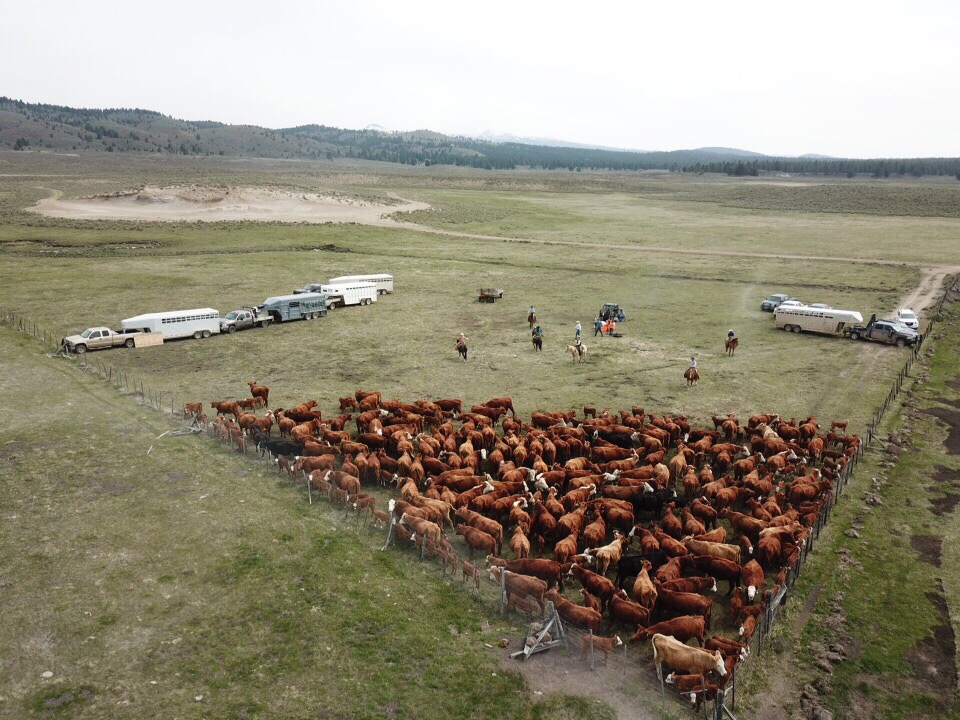
Minerals Matter
Ranching in the coldest place in the country means nutrition is pretty important. Pastures dry out quickly in the summer, especially on the south-facing slopes, and the cattle are on a hay diet for about five months when it’s not uncommon for temperatures to hit 20 below.
That means a good mineral program is essential. Oliver started his program around eight years ago with his first-calf heifers. “It kind of dries up early in the summer, so we’d put a little mineral out there just to help them with that dry feed,” he says.
The tubs seemed to do OK, he says, and the calves weaned fine. “I was still pretty skeptical,” he says, thinking it was just another input.
But he started using the tubs in the fall and again in the spring prior to calving. “I’d put it out in front of our cows in that third trimester, just to try to get a little bit of fetal programming and see if we could have some success there.”
Did it work? Boy howdy.
“The first year I had it in front of those cows the month before calving, gosh, the vigor of those calves was outstandingly better. They hit the ground, they had more life, more go to them.”
And there was a health boost as well. “We usually don’t have too many health problems, but you always have a couple here and a couple there that get pneumonia or scours. And the first year, we had zero sick stuff to deal with.”
He continued that program for several years. In 2020, when they gathered off the forest, they put everything on the mineral tubs in late September and left them on it all winter.
“It gives those cows quite a bit of extra in the fall when they can be on some pretty low-quality feed and still maintain through the winter,” he says. “We held back 5 to 7 pounds of hay per head per day all winter long.”
The cows went into winter a little under-conditioned. “We still fed less hay and those cows never acted hungry, never were upset and steadily put on condition.” The 2021 calving saw the cows at a body condition score of 5 and 6. “Just perfect, I’d say, with less hay and less feed input.”
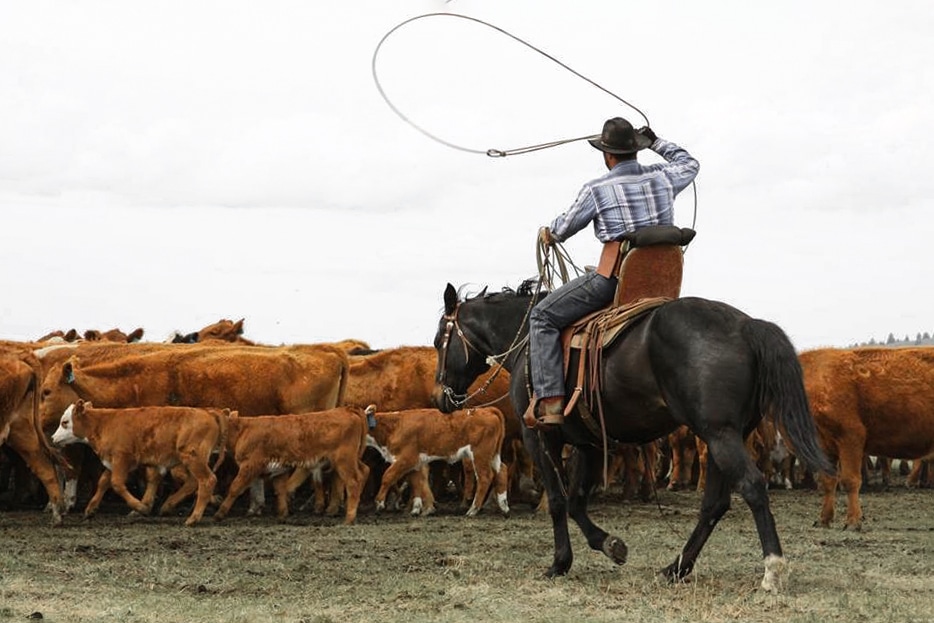
His early experiences with calving have held true. Calving season, which begins in March and is 90% over in 45 days, started cold in 2021. “We were below zero every morning,” he says. It was one of those stories your grandpa tells—2 feet of snow on the ground and 10 below.
“We lost one or two calves to cold weather and otherwise, these calves have enough life in them that when they hit the ground, they’ll get up get up, and go,” he says. “And I think part of that has to do with being on a good mineral program. Before we were on it, we’d have a few more sick calves. So as far as the Rio, I think it helped us out.”
Beyond calving, Oliver says his mineral program paid off in the breed-up of his first-calf heifers. After the fall gather, preg-checking time showed the heifers with a 99% breed-up. That’s on fairly large pastures with bulls.
He says that set of heifers had Riomax® in their system from the third trimester when they were in the womb and were born to cows that had been on the mineral for several years. “So I think that might be a little bit of a testament to some of that fetal programming and how it’s going to help those animals out,” he says.
His cows are crossbred Red Angus and Hereford. “Probably a little heavy to the Red Angus on the cow side. Then our bull battery is probably 60-40 Red Angus to Hereford.” He sells a few calves via video, but markets most of his calf crop through Country Natural Beef.
Country Natural Beef is a cooperative owned by ranchers that sells meat directly to retail stores and consumers. “So we’re able to control our pricing in the market that way.” Scratch off one of those uncontrollable variables in ranching.
Beyond being a rancher-member of the co-op, Oliver also works as its membership director. That has given him access to some of the best cowmen and best thinkers in the beef business.
And that has been a big help when it comes to the second part of Alec Oliver’s story.
Mental Toughness
July 14th, 2012. That’s the date when Alec Oliver’s life took a sudden and dramatic turn. That’s the day he rolled his pickup and broke his back.
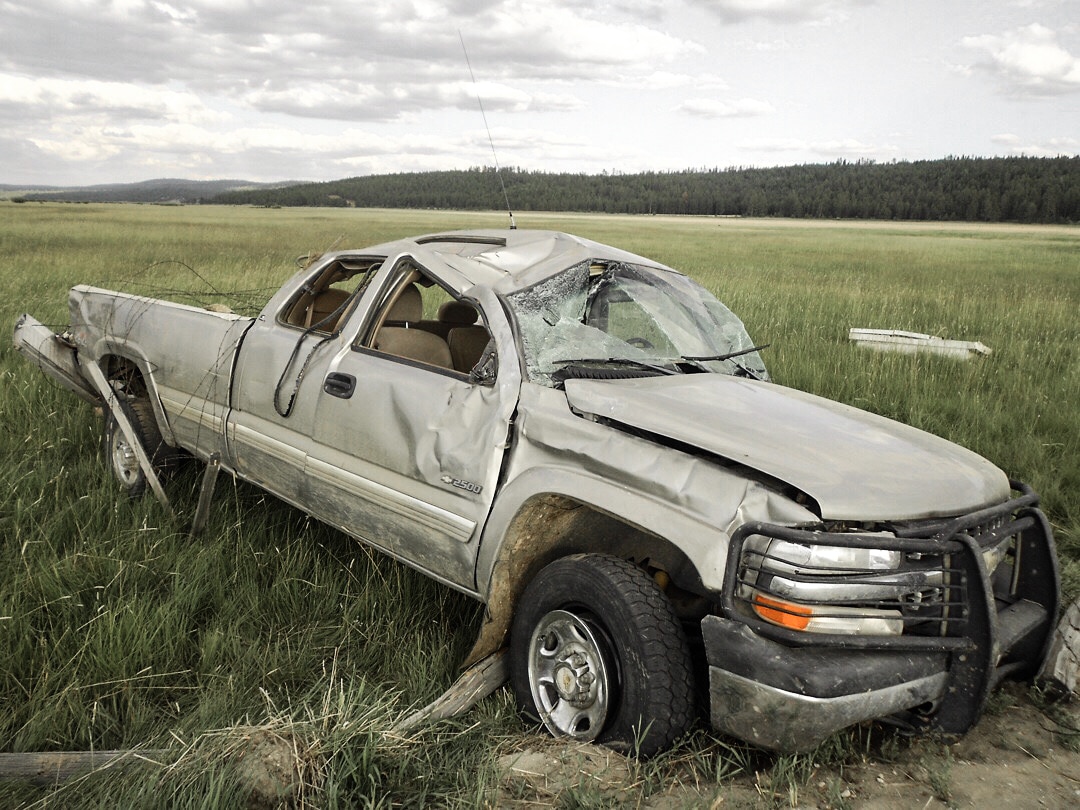

“Medically, I have a complete spinal cord injury at a T seven-level, meaning that my thoracic vertebrae, the seventh down, I don't have any muscle control or feeling,” he explains. “And so basically, the top of the abs, right below your sternum, I have control there. My feeling kind of ends right at the bottom of my sternum, my sensory feeling.”
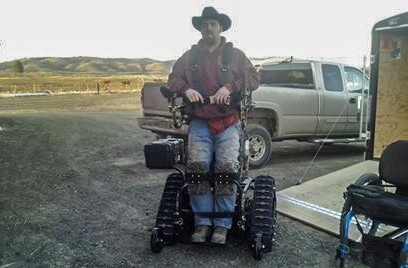
To maintain the muscles in his lower body, he has a standing frame that he uses every day he’s home that helps him stand up. “And I've got an electric bike that puts electrodes on my legs and helps trigger my muscles to keep my muscles built up,” he says. “I'm still gaining a little bit of balance, a little more control, a little more feeling, but it's nothing drastic. Little movements are big steps in my world.”
He spent about six weeks in Craig Hospital in Denver, Colorado, a world-renown rehab center for spinal and brain injuries. “And that hospital probably is the number one reason I'm able to get out and do most of what I do from a knowledge and an ability standpoint. By showing us what we can do, opening doors and hey, the only limiting factor is your brain, because I was pretty stuck in the mud,” he says.
“Right when I first got to that rehab center and talking to people in wheelchairs, it hit me really hard and I really struggled with it. And it took quite a bit of help to get over that and get going.”
That help came from all sides.
He says the person that had the greatest influence on him was fellow rancher and family friend, Mike Bentz. The Bentz family was in Colorado, visiting Colorado State University with their daughter. They stopped by the hospital to visit.
“Mike looks at me and he says, ‘You don't need a body to run a ranch. You can hire all the ranch help you need. You just need a brain. As long as you've got a brain and the will to do it, you can do anything you want.’
“And whether it was the timing of when he said it, how he said it and just who he was, that probably was the most motivating and inspirational kind of encouragement I got from anybody. And that probably stuck in my mind the most as I worked through it.”
That support system continued after he got home to the ranch. “My parents were right there beside me the whole time and they did a lot. They were a huge influence to always be supportive, just always be there.”
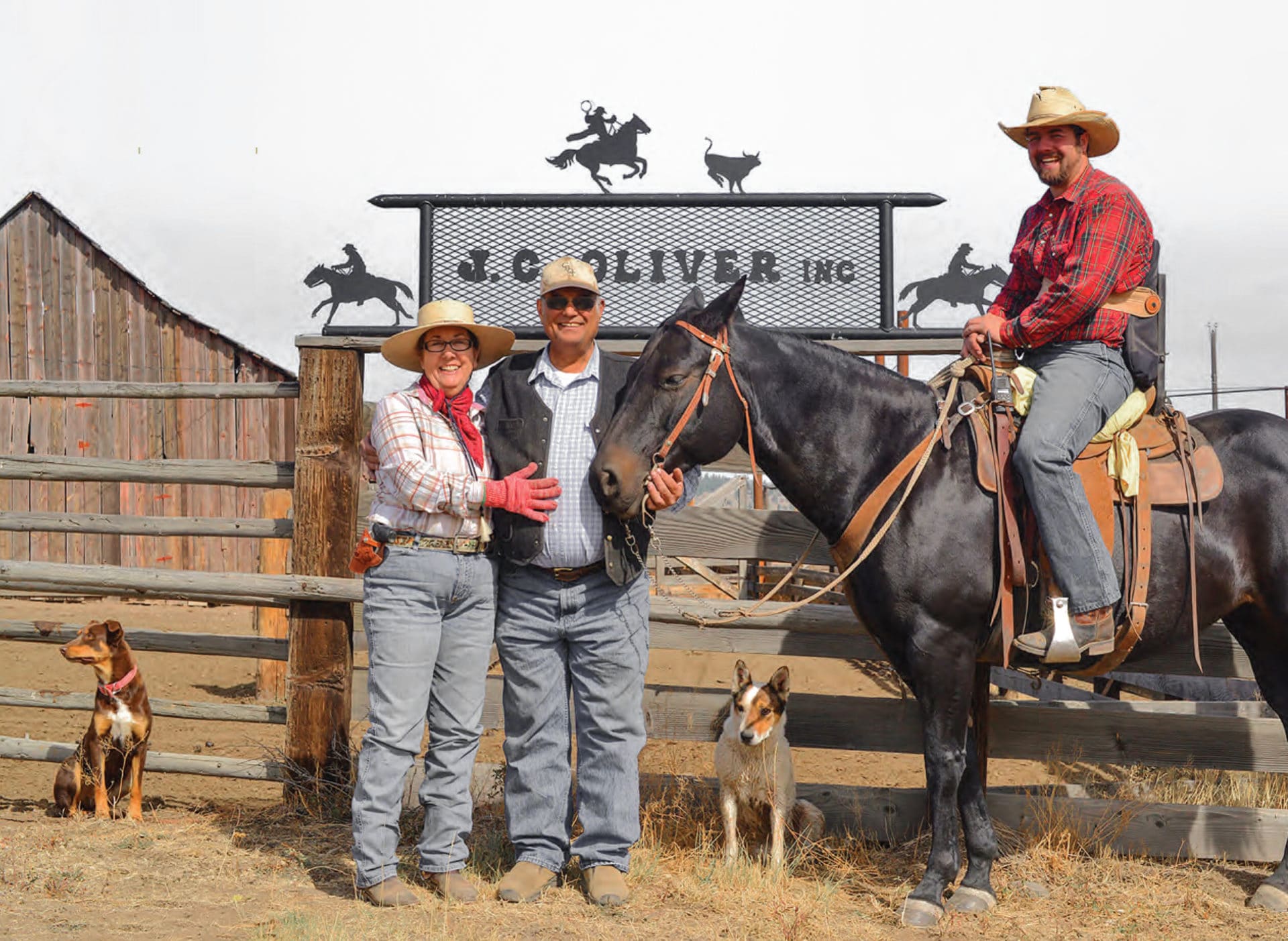
Then there was the strong network of friends he went to college with, met through the industry and grew up with, who were very supportive.
But it was still a tough row to hoe. And that’s where Alec’s drive, determination and fire in the belly began to shine.
“I got home in early September, still pretty limited, still healing.” It only took a couple of weeks before he began his own personal journey of recovery.
“You can only sit in the house for so long. Sit in the house for a week or two and you start going stir crazy and you just got to get out and go.”
So, ignoring the admonishments of everybody, he’d sneak out. “Hop in the pickup to drive and sneak out the door when you can't get caught.
“Once I was able to move back into my own house and be back on my own feet (so to speak), living independently, just a matter of hopping in a side-by-side with controls on it, and then driving out and checking cows and then going out and moving cows, and then going out and figuring out how to get through gates.
“Just a lot of little steps and a really good fire inside of me.”
Somebody would tell him, ‘We’ll take care of it for you.’ “And all I would hear is, I challenge you. So I would accept any of that as a challenge and just go do it, prove that I could do it, find a way to do it.”
That meant modifying equipment so he could transfer from a wheelchair into a pickup, side-by-side, tractor and anything else with wheels on it.


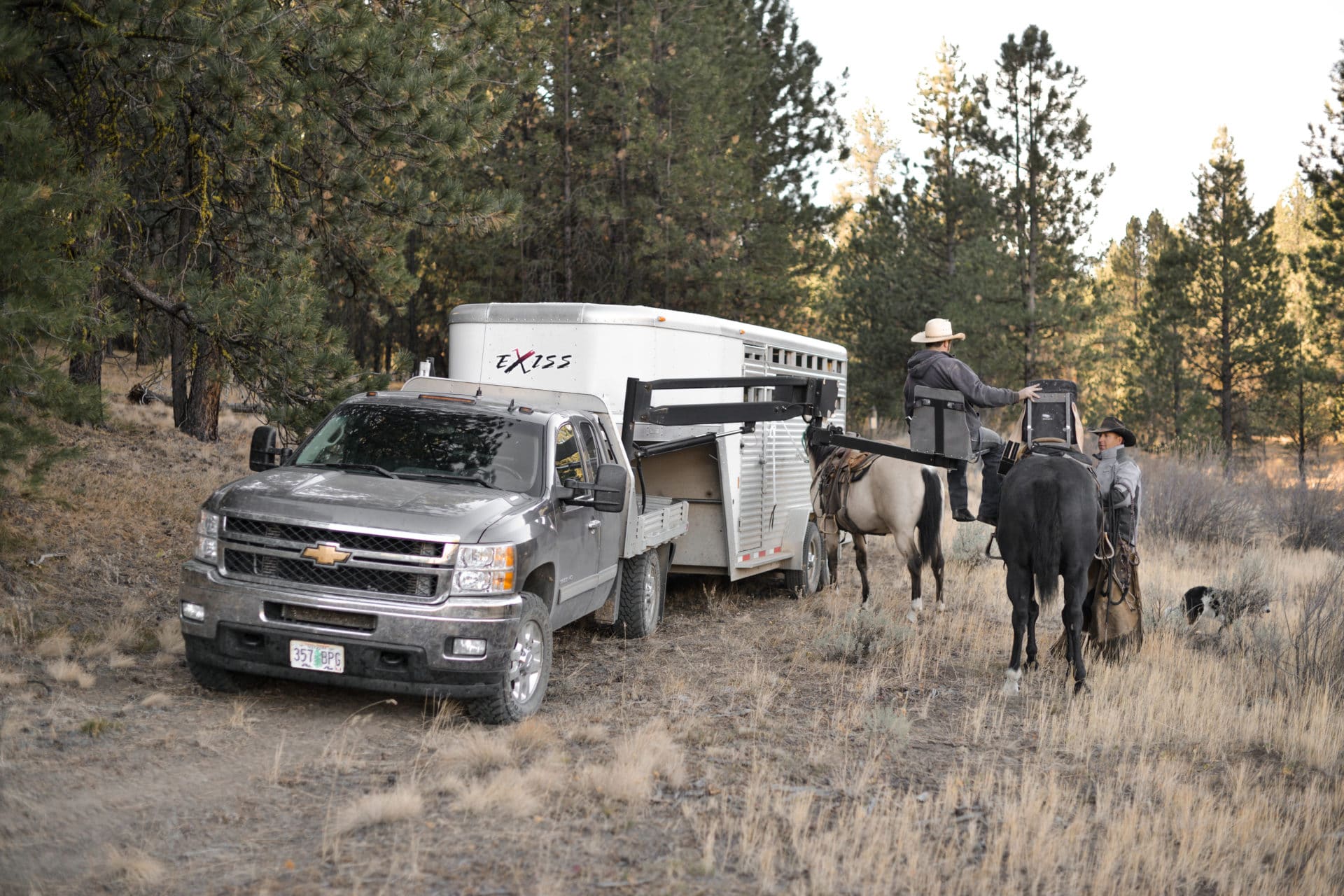
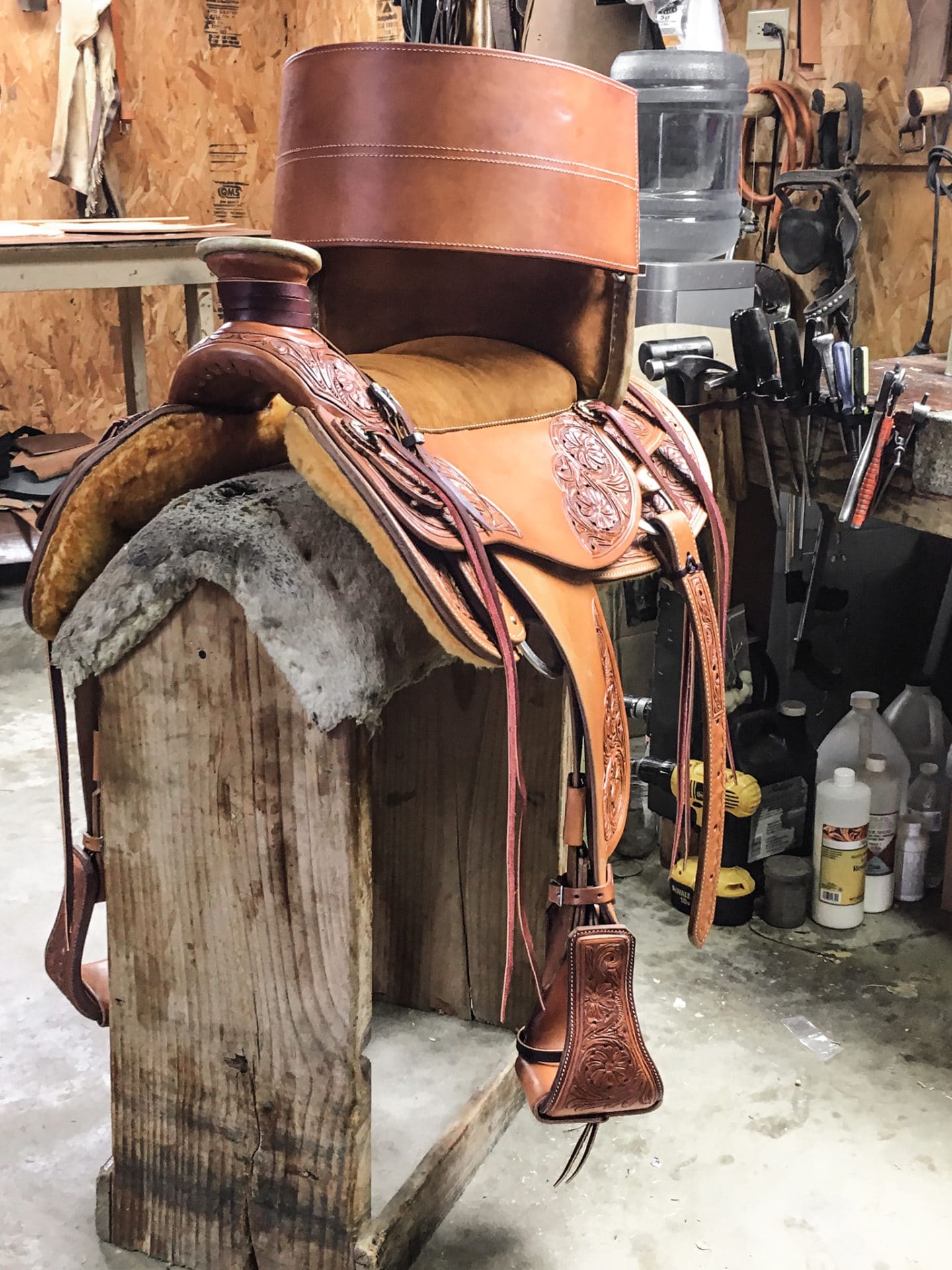
And horses. “I was tired of sitting in the house or driving and I was wanting to get back on a horse.” So he worked with a saddle maker to modify his saddle with a body support that allows him to ride horseback.
“So my accident was in July and by the next May, less than 10 months later, I was back on the horse riding again,” he says.
“When I first got on it was pretty iffy. It just didn't feel right. Didn't look right, pretty sloppy and hard to stay balanced. And I just rode around a few circles and pretty soon things clicked and it came to,” he says.
But the lower half of his body is paralyzed. How do you cue a horse when your legs don’t work?
“It's all with your hand and I use some verbal cues,” he says. “You gotta think of a jet pilot almost, put your hand above your horn as a joystick. And the horse just learns to be pretty sensitive and pretty reactionary to a little bit of movement.”
Move the reins forward and kiss and talk and the horse steps out or picks up the pace. “If I shake my hand, they'll go faster.” Slowing down or stopping is no different than usual.
“The amazing thing is to get a horse to sidestep or get a horse to step their hip over instead of their front end,” he says.
“It's amazing how they'll pick up and know. When I want to get them to turn their front end, I'll push my hand forward and turn it.” If he wants his horse to sidestep, he pulls his hand backward and to the side, and they'll figure out that’s a side step.
“To get them to move their hip over, it's more or less just twisting my hand and putting pressure on their neck to hold their neck still, then pressure against the base of their neck and almost the shoulder with the other rein. So it causes them to get that hip to move over,” he explains.
That way, he doesn’t have to get off his horse to open and close a gate. “Or if you're in a branding pen and you need to set yourself up for a better shot or sorting cattle and you need to change the angle that you're facing the herd so they move a little differently. Just any of that stuff.”
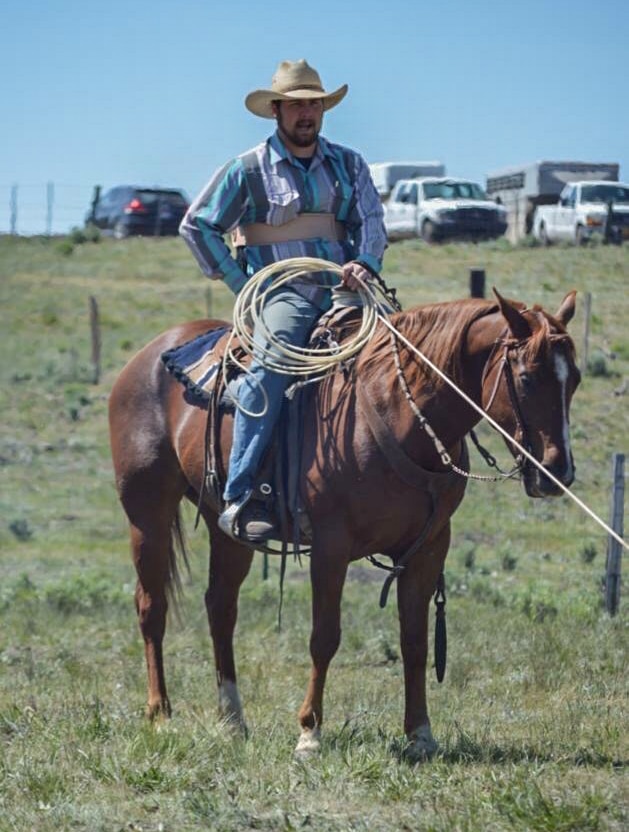
How that came to be is a story of faith, support, and mental toughness.
“I fell back pretty strongly on faith. I was laying in the hospital, I was so shattered that I had friends from college come in to visit me in my room and I just broke down. I couldn't talk, I couldn't look at them. I couldn’t talk because it just broke me too much. And so I prayed a lot, just trying to get that strength.”
He says the cool thing about Craig is there were other guys there his age, going through the same thing. “And just understanding that you're not the only one out there, that there are other people that are going through it too,” gave him strength.
“Luckily enough, I was only at a paraplegic. I saw a lot of quadriplegics. As soon as I saw somebody with their arms tied down in a chair and a straw in their mouth, and that's the only way they can move, I knew I was going to be OK.”
He had full function of his lungs, full use of his arms. “I was good to go. That really told me, hey, they're way worse off than you. You better just buck up and get it done. And through a lot of prayer, just talking to people, listening to people, listening to what God was trying to tell me, that really helped me get through it.”
Then there was his ranch upbringing and his heredity. “Some people call it stubbornness. I call it gifted.”
Whatever you want to call it, Oliver put it to work lifting him out of the dark depression of those first few days in the hospital.
His parents have retired and he’s now running the ranch. Aided with a bit of technology and a heapin’ helpin’ dose of mental toughness, things are running as smoothly as you can expect.

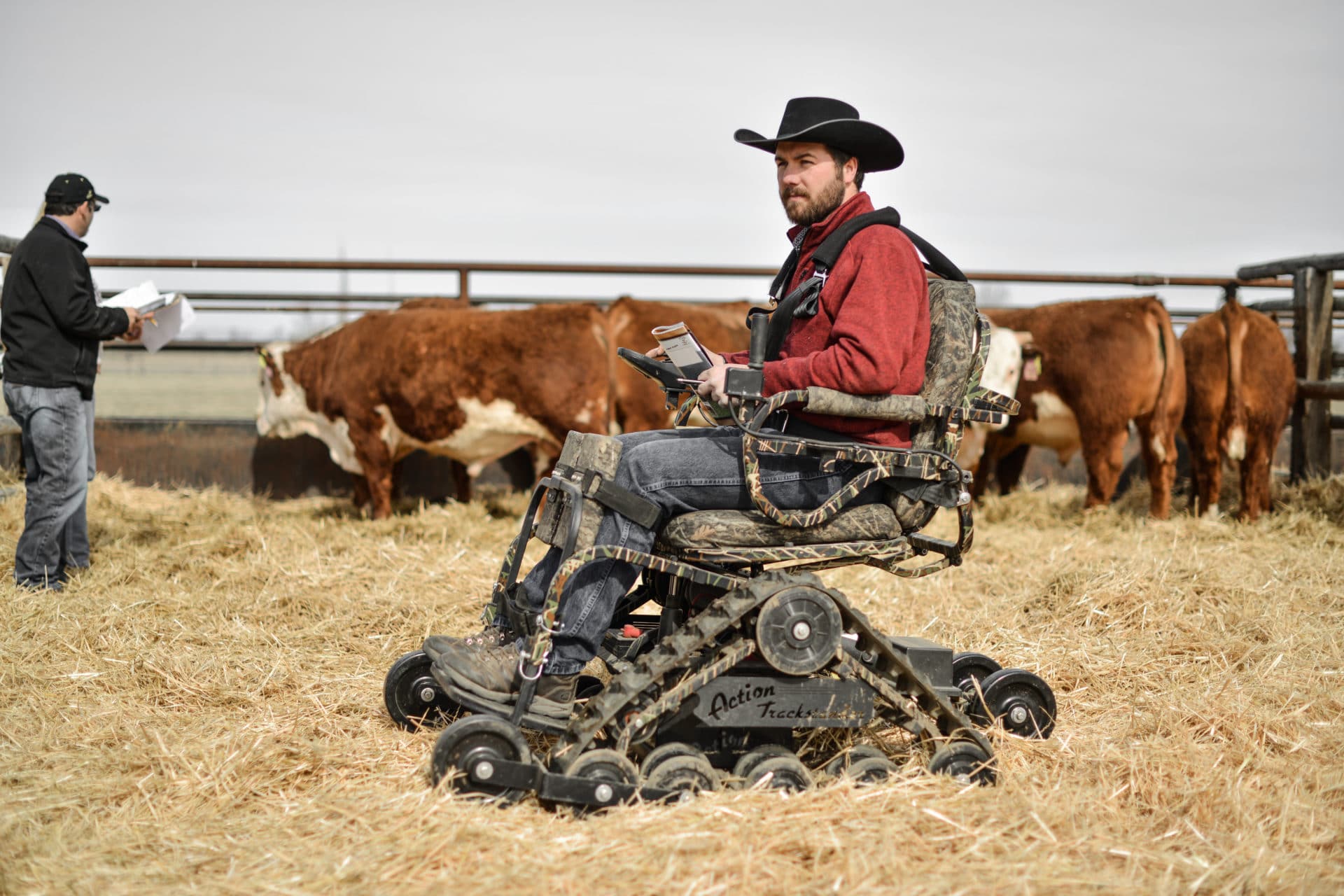
When Opportunity Knocks…
Oliver credits his relationship with smart and successful ranchers through Country Natural Beef in helping him look at the opportunities in the cattle business.
“There's opportunity in everything. We can't get hung up on doing it the way grandpa did. We can't get hung up on doing it just because,” he says.
Sometimes we've got to reposition ourselves, step back and look at things from different angles, different perspectives, he says. “Use our brains more to work smarter, not harder.”
Taking that step causes you to ask questions. Like why do we do it that way? “And if you can't explain it to yourself, and you can explain to yourself a different way that's better, maybe you should change it and be willing to be flexible.”
And ask others what they think. “There are answers out there. There are a lot of smart people out there,” he says.
He relates this story of his own experience in looking for opportunities in the shadow of a difficult situation.
“We had a terrible breed up on our first calf heifers six or seven years ago. 70 percent bred up. I could have taken 40 open heifers and two-year-olds to the sale yard and gotten 600 bucks a piece for them and got hammered. Because nobody winters a dry open cow up here. There's no sense to it,” he says.
Instead, going against conventional wisdom, he ran the heifers with the bulls all winter and preg checked the next spring. “And 85 percent of them were bred up and I was able to sell a bred fall calver the first of May for $1,450 instead of selling her at $600 the fall before.”
Your ranch might have a disadvantage. It might be a disadvantage from one angle, but ask how you can turn that into an advantage. How can you take a negative and make a positive out of it?
That’s something Alec Oliver knows a little bit about.
Written by Burt Rutherford, Former Senior Editor at BEEF Magazine




